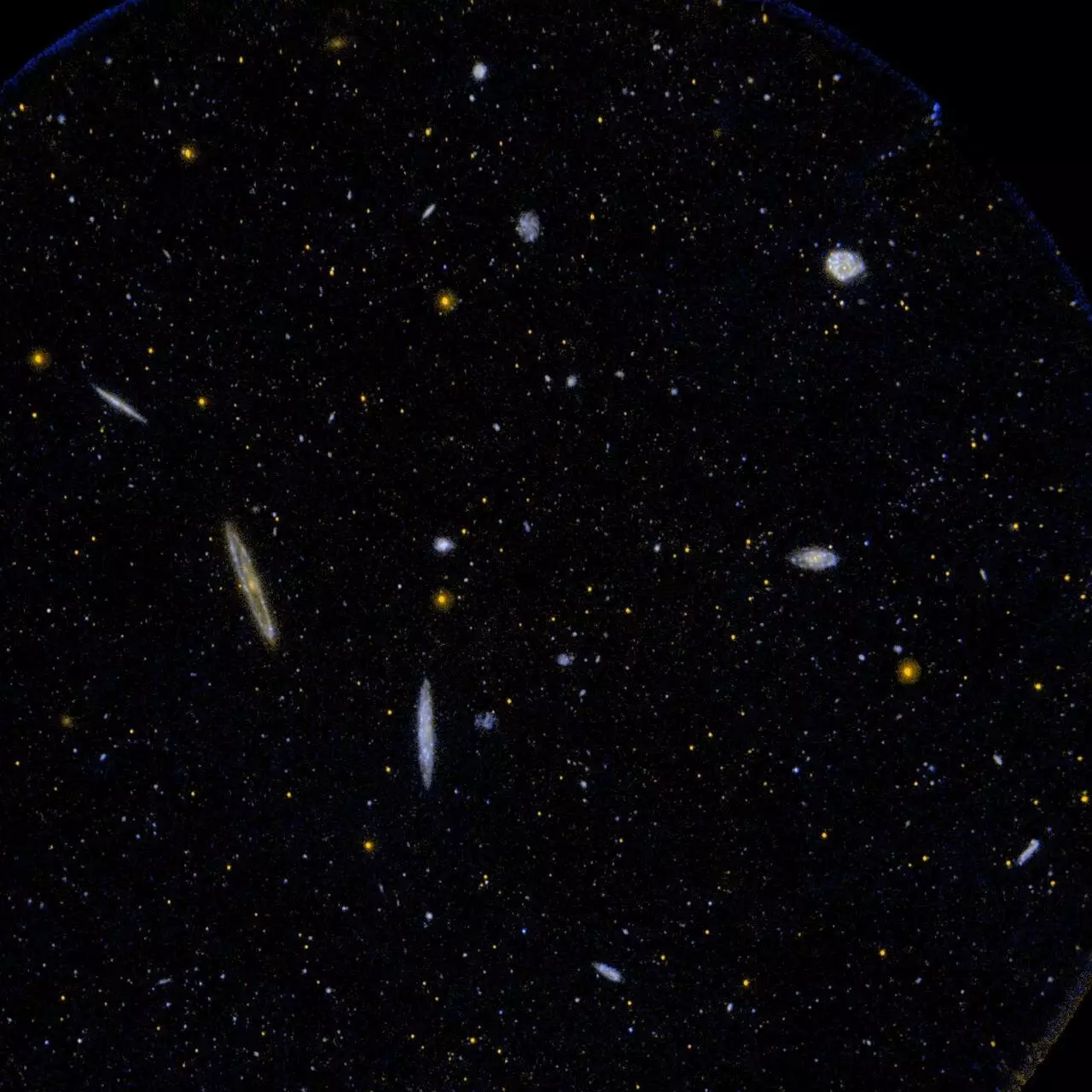Recent findings regarding the formation of our universe have triggered an intense re-evaluation within the field of physics, sparking conversations about the potential necessity for new theoretical frameworks. A collaborative research initiative led by Southern Methodist University (SMU) alongside three other universities has produced noteworthy results that challenge pre-existing notions about how neutrinos—one of the universe’s most elusive and abundant particles—contribute to cosmic structure formation. This study, now accessible through the arXiv preprint server, may alter educational curricula on physics, emphasizing the dynamic nature of scientific understanding.
Central to these revelations is the Dark Energy Spectroscopic Instrument (DESI), which is orchestrating a monumental effort to map the universe in three dimensions. The precision of this mapping facilitates critical estimations of the absolute mass scale of neutrinos, a significant component of understanding the universe’s evolution. The collaboration utilized high-performance computing resources at SMU, as stated by co-author Joel Meyers, an associate professor of physics. He asserts that the data uncovered from DESI is unprecedented, leading researchers to reconsider long-standing assumptions in cosmology.
This innovative research hinges upon the analysis of baryonic acoustic oscillations, as well as the remnant signals from the Big Bang—collectively known as the cosmic microwave background. Insights from these sources have long enabled physicists to paint a more complete picture of cosmic development; however, new data from DESI indicates a deviation from expected models, particularly regarding neutrino behavior.
Neutrinos are fundamental particles that permeate the universe, yet they remain largely enigmatic. Their unique characteristics mean they interact minimally with other matter, making them challenging to study despite their abundance. The conventional wisdom posited that heavy neutrinos inhibit the clustering of matter in the universe during its expansive journey over the last 13.8 billion years. However, findings suggest a contrary effect—an unexpected enhancement in matter clustering. This could imply that rather than smoothing out cosmic structures, neutrinos are facilitating a more condensed distribution of matter in the universe.
Meyers notes the paradox presented by these findings: the anticipated suppression of cosmic matter collection, such as clusters of galaxies, has instead shifted towards a more complex, clumped representation. This prompted researchers to consider whether there are anomalies within current measurement techniques, systematic errors, or, intriguingly, the possibility of new physics that could extend beyond the established boundaries of the Standard Model of particle physics.
The Standard Model, which has long served as the cornerstone of particle physics education, may be facing scrutiny. While it offers robust explanations for a range of phenomena, emerging data—with instances like the noted “Hubble tension”—indicates that our understanding of cosmic mechanics may be incomplete or outdated. The findings from this recent study indicate that it may be time to re-envision how we teach the principles of physics, integrating these new considerations into academic curricula.
The collaboration of researchers delved into several scenarios regarding the future of the Standard Model. They meticulously examined whether minor modifications could suffice or if an entirely new concept should be introduced. These discussions exemplify the nature of scientific inquiry: always evolving, always questioning.
As the realm of cosmology advances, this research acts as a catalyst for future exploration, prompting collaborative and interdisciplinary efforts to delve deeper into these memetic nuances. While it may take years to validate the underlying theories and determine the future trajectory of neutrino research, the groundwork laid by this study provides a robust framework for subsequent inquiry.
Ultimately, the revelations presented not only contribute to the broader scientific dialogue about the universe’s origins but also highlight the iterative nature of scientific progress—where doubt and curiosity drive innovation. Whether through refinement of existing models or the introduction of novel paradigms, the exploration of neutrinos and their role within the cosmos promises to yield profound insights that could reshape our understanding of physics as we know it.

